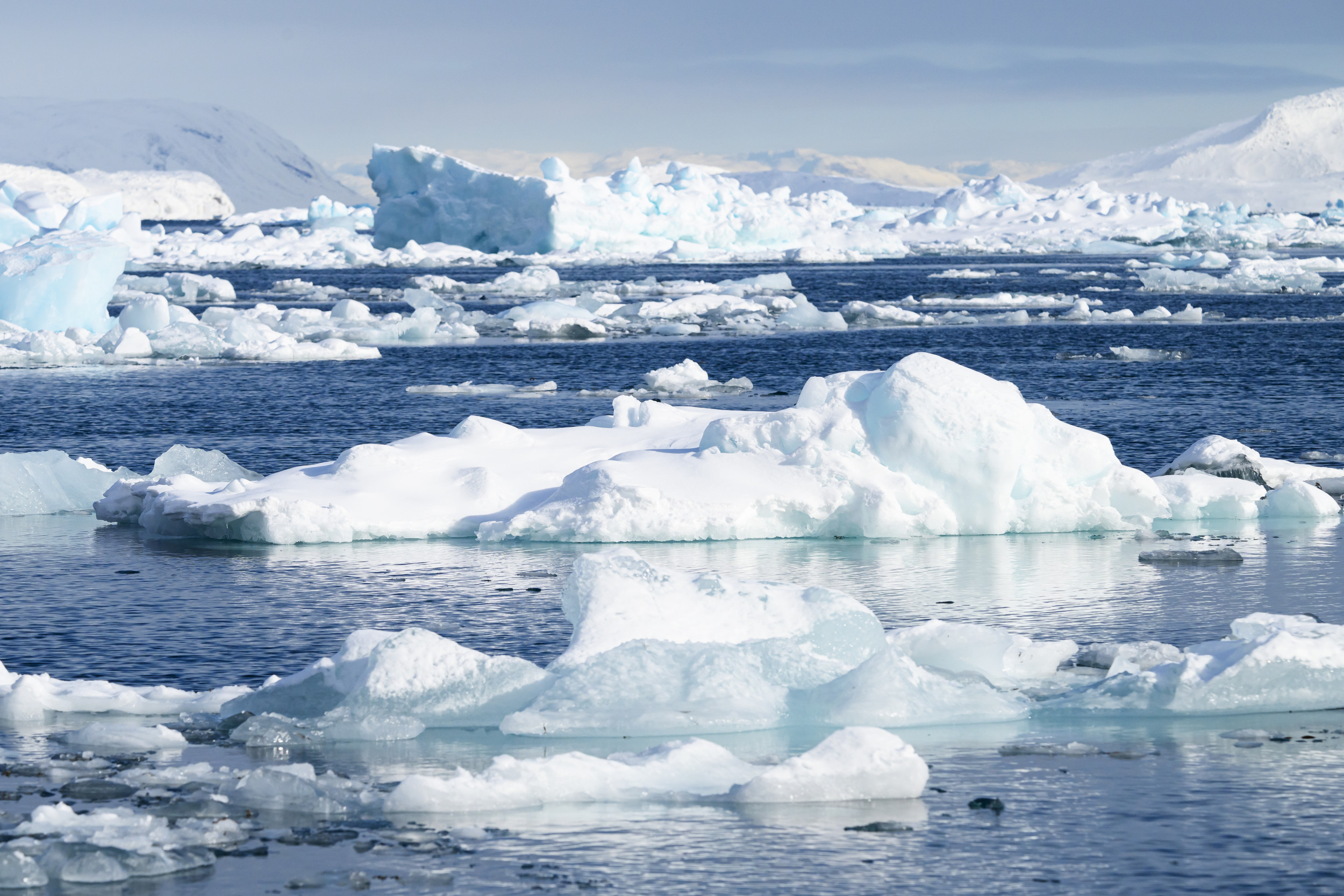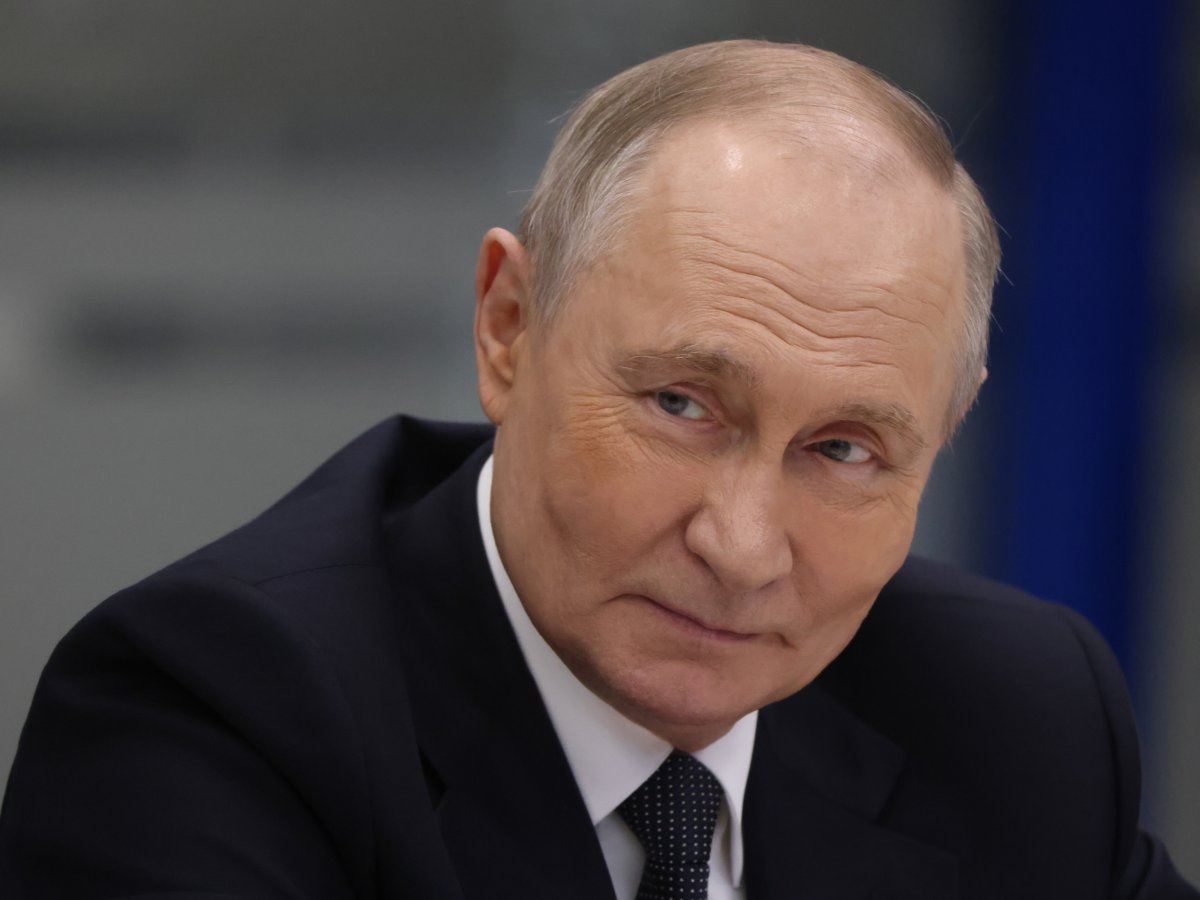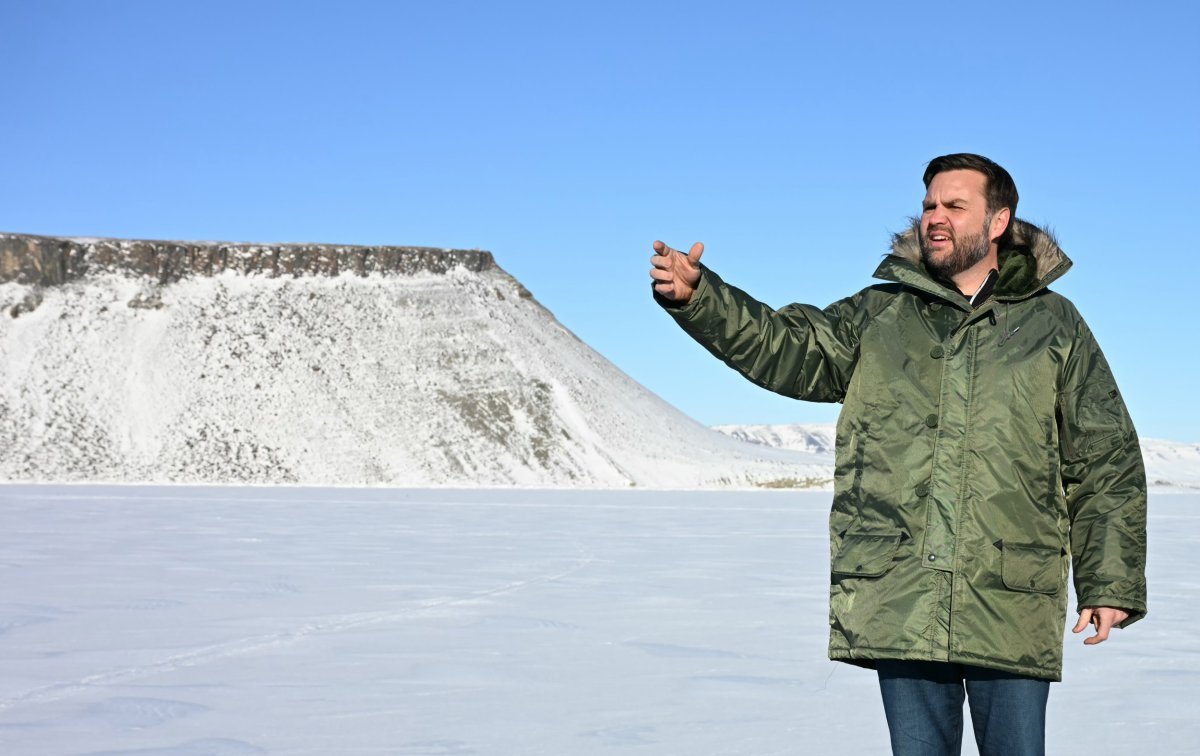
Nearly two decades before U.S. President Donald Trump eyed the strategic value of Greenland for the U.S., Russian explorers planted their country’s flag on the seabed 14,000 feet below the North Pole.
Since that statement of intent by Moscow in 2007, some things in the far north haven’t changed—Russian President Vladimir Putin is still in power, Arctic ice continues to retreat and the race remains for countries vying for influence.
In the winter, Arctic sea ice levels covered 5.53 million square miles—about 1.1 million square miles less than last year—the lowest since records began nearly five decades ago, according to NASA and the National Snow and Ice Data Center in the U.S.
With some climate models predicting ice-free summers in the Arctic by 2050, competing claims for access to the region’s resources will heat up along with the temperatures, posing a security challenge for the U.S. “The growing great power interest in the Arctic is directly linked to climate change,” said James Rogers, executive director of Cornell University’s Tech Policy Institute.
“The Arctic is warming between four and seven times faster than the rest of the world,” he told Newsweek, and “as a result, you have more access for transit, more access for military activity and more access to natural resources. Less sea ice over the summer periods in the Russian Arctic is allowing for increased transit through that region and a change in the great power interests there.”
Leon Neal/Getty Images
Russia’s Arctic Quest
Moscow has moved to militarize the Arctic and stake a claim to shipping routes and energy reserves expected to open as climate change melts the region’s ice.
Speaking in the world’s largest Arctic Circle city of Murmansk, home to a Russian naval fleet, Putin told a forum last week that the region could be a staging area for war.
Dismissing Trump’s Greenland grab as a matter between the U.S. and Denmark, not to mention the semi-autonomous island itself, Putin did take a swipe at NATO for recent drills in the region involving the alliance’s newest members, Finland and Sweden.
The alliance is “designating the Far North as a staging area for possible conflicts,” Putin said, even if these exercises follow increased Russian drills near NATO’s borders.
The Russian leader’s announcement coincided with the launch of the Perm nuclear-powered submarine built by the nearby Sevmash shipyard, equipped with hypersonic Zircon missiles. “Russia has invested more in its Arctic security which is something that has been a key part of Putin’s strategic planning since at least 2014,” said Rogers.
Moscow has deploying Arctic drone squadrons to safeguard critical infrastructure and building new military bases on the northern rim of the Russian mainland and islands within the Northern Sea Route (NSR).
This is the shortest shipping route between the western part of Eurasia and the Asia-Pacific region where Russia wants to expand its shipping via beefing up its fleet of icebreakers from 11 to 17.
“What Putin wants is to make sure they have the technology, the infrastructure and the military capabilities to make sure they can traverse the Arctic while securing it at the same time,” said Rogers. “Putin made it very clear that what happens in Greenland is a matter for the United States and the Kingdom of Denmark.”
“Putin’s game is very different—he’s looking to make sure he can get up to one-third of the world’s untapped oil and gas.”

Cooperation With Beijing
The U.S. has been facing direct challenges in the Arctic where Moscow is getting help from Beijing to project strength.
In October, four Russian and Chinese vessels got to 440 miles southwest of St. Lawrence Island, a part of Alaska, the northernmost point Chinese vessels had been observed, the U.S. Coast Guard said.
“It’s not the Fifth Fleet or a big aircraft carrier group operating in the Arctic yet,” Malte Humpert, founder of Washington, D.C., nonprofit Arctic Institute, told Newsweek, “but it doesn’t take much imagination to see that happening in 20 or 30 years.”
Humpert said it was notable here that was no U.S. icebreaker nearby to shadow them because both were undergoing repairs. While the ships could still be monitored through subsea and aerial assets, “there’s a lot of optics.”
“If you have Russian and Chinese patrol vessels going up and down the Alaska coastline and you don’t have any American vessels nearby to show force—that projects a certain image,” he added.
Months earlier, Chinese and Russian long-range bombers had also patrolled near Alaska for the first time, prompting the U.S. and Canada to scramble their fighter jets.
Faced with these threats, U.S. Vice Admiral Peter Gautier told a U.S. House hearing in November that the Coast Guard wants to boost its presence in the Arctic but there is a lack of assets, particularly icebreaker ships.
America’s two operational icebreakers, USCGC Healy and USCGC Polar Star, contrast with Russia’s 55 icebreakers, which include 18 military breakers. China has two medium and two heavy breakers and plans to build more.
“We’re behind Russia, and we’re going to be behind China,” Republican Representative Jefferson Van Drew of New Jersey told the same hearing.
Humpert believes Russia has the most icebreakers because the economic and geopolitical stakes in the Arctic have been historically higher for Moscow and that the U.S. has not had the need to maintain that kind of fleet.
In any case icebreakers are not military vessels in the broad sense, military power is exerted by other means, which the U.S. does have in abundant supply.
“The U.S. has the greatest military and those assets are present in the Arctic, but that’s primarily from a submarine perspective,” Humpert said. Regarding dual purpose Coast Guard and naval assets, “we have a lot less.”
“There are a lot of aspects to navigating in the Arctic and China and Russia are gaining those experiences while the U.S. is lagging behind,” Humpert added.

Jim Watson/Getty Images
In a paper released in December 2024, the Center for European Policy Analysis (CEPA) said a U.S. and NATO presence was lacking in the Arctic and the “NATO 7” members in the region must coordinate more. It also concluded the alliance “needs an operational roadmap” for the region.
Retired U.S. Vice Admiral Robert Murrett told Newsweek that the dwindling Arctic Sea ice means that the strategic picture for adjoining, and other nations had shifted substantially.
“While there has been some focus on Greenland recently because of White House pronouncements, our interests in the Arctic extend well beyond this issue and include economic, security and environmental factors,” he said.
“Submarine, aircraft, icebreaker and surface combatants from Arctic and other nations have contested the Arctic since the 1950’s,” he added.
Murrett, professor of practice at Syracuse University’s Maxwell School of Citizenship and Public Affairs, said Russia’s control over the Northern Sea Route provides substantial economic leverage for trade between the North Atlantic and Pacific Oceans.
He said the U.S.-Canadian North American Aerospace Defense Command (NORAD) is “a lynchpin” for Arctic security, as it has been since its inception in 1958.
“Our close partnership with Canada will always be an essential element of our strategic interests in the Arctic,” he added.
